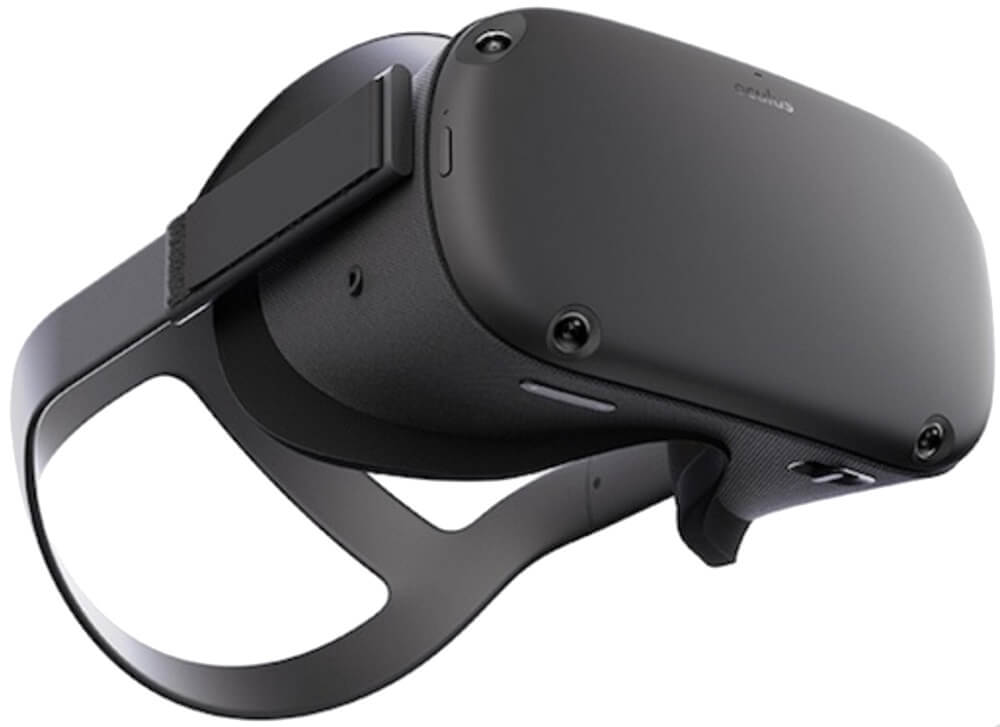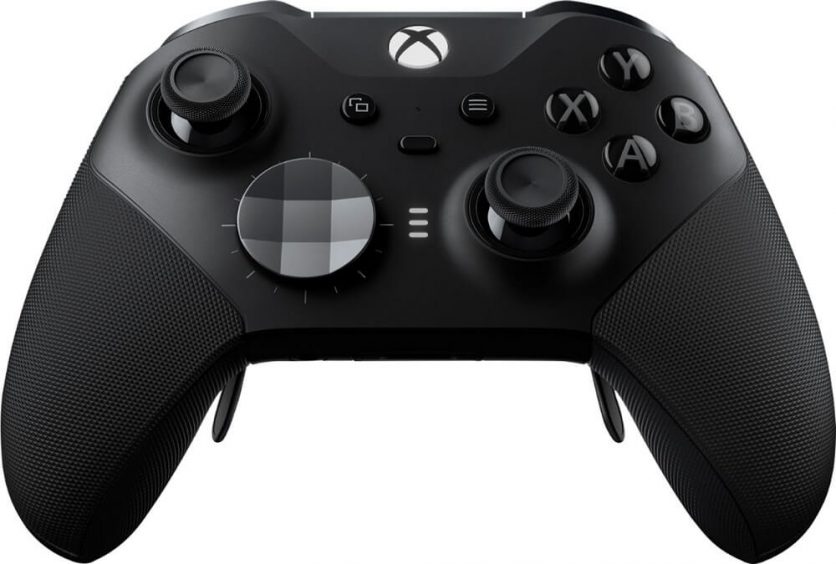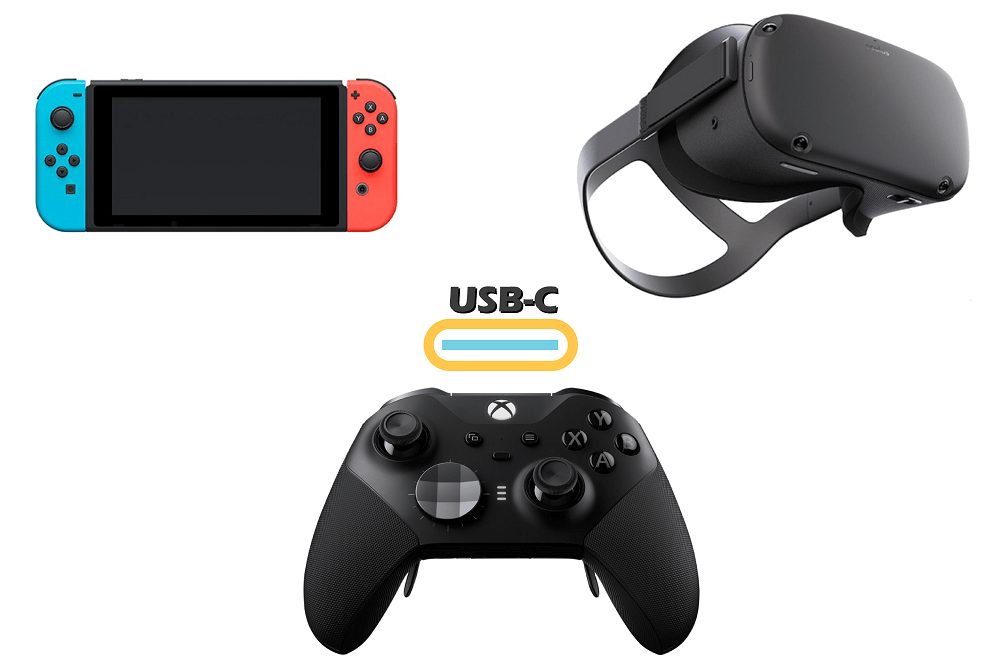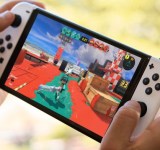The USB-C standard port has been a part of many of our portable devices for quite some time now. This is especially true when it comes to smartphones, as Android smartphones released in the past four years or so have been using USB-C ports and have completely left the Micro-USB port in the past. This has happened for good reasons, too, as the USB-C standard can charge faster using Power Delivery, transfer files faster and it’s also reversible, so you’ll always place it into a port the right way.
The use of USB-C isn’t just limited to a device that has a USB-C port, even the iPhone is now Power Delivery compatible with it still using a Lightning port. You’ll just have to use a USB-C to Lightning cable if you want to fast charge your iPhone.
Perhaps the best part of USB-C is that it’s not limited to smartphones only and is now being used with a wide range of devices. Laptops, tablets, keyboards, mouses, gaming consoles and controllers are now using USB-C ports. This allows the use of the same type of charger to be used for many devices.
Power Delivery for the Nintendo Switch

In this case, we’d like to focus on the gaming aspect of charging and how there are quite a few gaming accessories that make use of USB-C and even Power Delivery.
The first one and probably the most prominent that we’re starting with is the Nintendo Switch. The Nintendo Switch is truly a dynamic console with its ability to change from your TV to its own screen. There is something seriously magical being able to play Dark Souls in the palm of your hand on a small screen.
That said, the portable aspect of the Nintendo Switch does come with limitations and that would be its power duration. As games can quickly burn into the battery power of the console while you’re on the move, thankfully, the Switch can be charged via its USB-C port, what’s even better is that it’s Power Delivery compatible. This means that you’re able to charge it even faster with a Power Delivery portable charger while gaming.
If you game on the go with your Switch often, then using a power bank is a must. Charging while on the move with the console is so common that the brand, Anker, the main player in the consumer electronics charging space has created an official Nintendo Switch power bank. So if you’re wondering what power bank on the market would be compatible to charge your Switch, you can’t second guess with their PowerCore 13400 Switch Edition power bank.
With its 13,400mAh power capacity, you’re able to supply about two full charges for your Nintendo Switch. However, don’t let a branded power bank stop you from using other Power Delivery chargers that are not branded as “Official”. You’re able to use all Power Delivery portable chargers, wall chargers, or car chargers that have an 18W charging speed or higher. The main thing to remember is that you should have a cable that can transport the PD charging power, and that’s actually where we recommend sticking to Anker cables for their quality and reliability.
Also, when it comes to devices that use a USB-C port for charging, there are times where you can use a USB-A port to charge from and simply use a USB-C to USB-A charging cable. However, that is going to give you slower charging than using a USB-C port with a USB-C to USB-C charging cable.
USB-C with VR Headsets

Another example of USB-C overtaking Micro-USB is with a Virtual Reality headset. More specifically, from the Oculus Go to the Oculus Quest. The Oculus Go used a Micro-USB port for charging and it was released in May 2018.
Exactly one year later, Oculus Quest was released in May 2019 and it used a USB-C port. In terms of charging the headset, there isn’t much difference to be completely honest. Using a 2.4A USB-A port would prove to be the most useful, but if you wanted to make sure that you’re getting the best possible charging speed for an Oculus Quest then using a USB-C port would be your best bet. Switching to a USB-C port also made sense because the ecosystem for USB-C is growing exponentially and there are quite a lot of power banks on the market that use USB-C ports for output charging (charging your device) and for input charging (for recharging the power bank itself).
Controllers Transitions to USB-C, in Turn, being useful with Everything Else

One other example that we wanted to touch with the transition from Micro-USB to USB-C is controllers. We already covered how the Nintendo Switch uses a USB-C port, but the controller for it, the Switch Pro Controller also uses a USB-C port. It doesn’t stop there, the original Xbox One controller and the Xbox One Elite controller both used a Micro-USB port. Now the Xbox One Elite 2 controller is making use of a USB-C port. Not only that, but the Elite 2 controller also has a built-in battery.
Of course, the main take away here isn’t that you’re able to charge your controller while playing with a power bank. It’s more of the accessibility that you have with connecting the Elite 2 to the Xbox console or a computer and playing your games. The accessibility to be able to take the same cable that you would use to charge your smartphone, tablet, Switch, Oculus Quest, to also connect to your Elite 2 controller.
Using the Elite 2 controller as an example may be a bit too extreme, as the controller itself is about $180, but you can expect the next-gen consoles to be using USB-C ports. Such as the base controller for the Xbox Series X or the DualShock 5 controller for the PlayStation 5. The main thing to keep in mind is that it’s just a matter of time until nearly all, if not most of the devices that you own will use USB-C and you can easily use a single cable to power or charge them all with.
If you enjoy games and gaming and want more NEWS from the Gaming World Click Here
Want more news from the Tech world for Gaming Peripherals to Hardware Click Here








You must be logged in to post a comment.